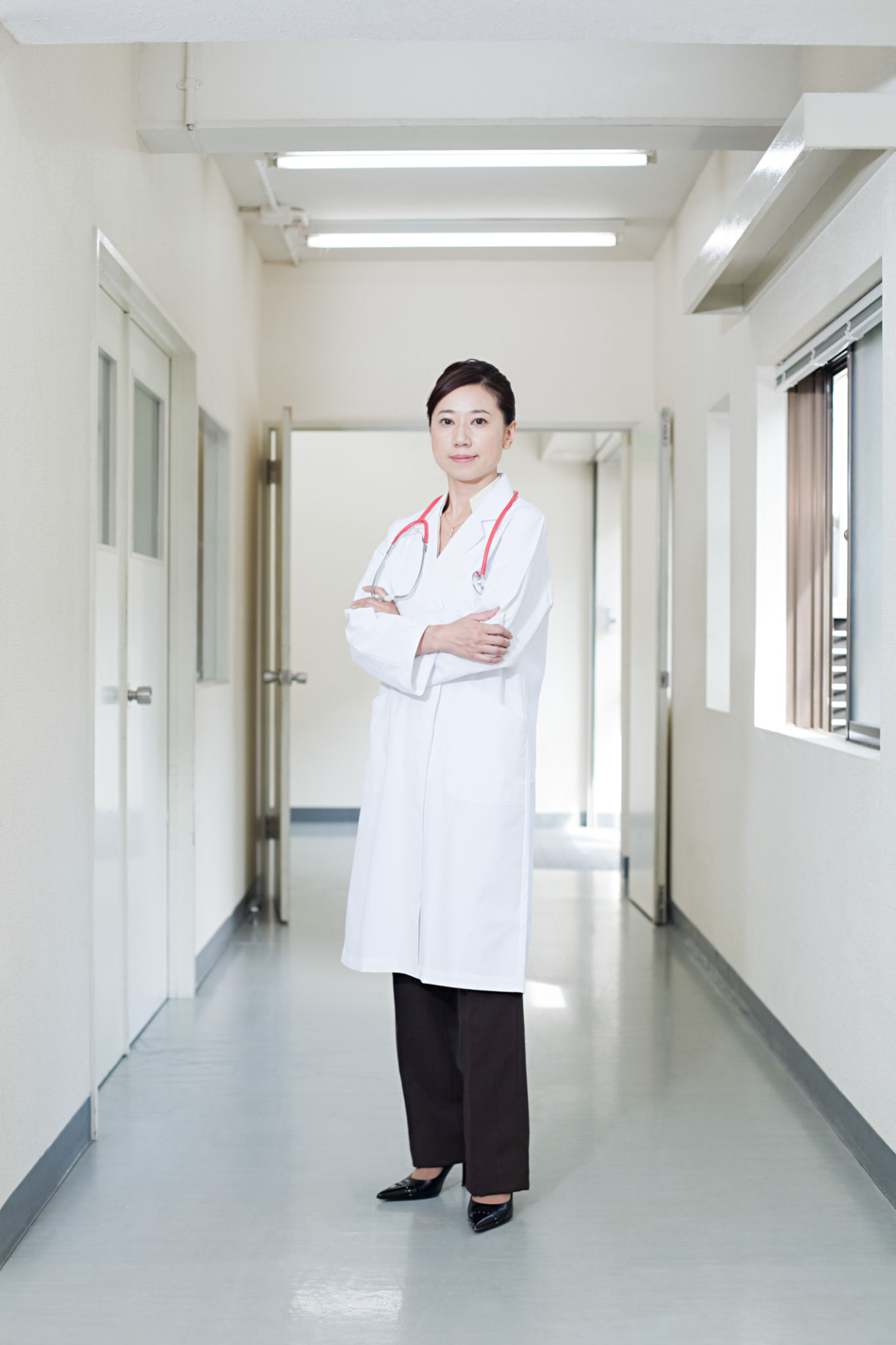How Seasonal Changes Affect Medical Equipment Performance
Understanding the Impact of Seasonal Changes on Medical Equipment
Medical equipment is critical to providing effective healthcare, and its performance can be influenced by various environmental factors. One such factor is the changing seasons, which can affect the functionality and reliability of medical devices. Understanding these impacts is essential for healthcare providers to ensure optimal equipment performance year-round.

Temperature Fluctuations and Their Effects
Temperature changes are one of the most significant factors affecting medical equipment. Cold weather can cause materials to contract, potentially leading to mechanical failures or calibration issues. Conversely, excessive heat can cause overheating in electronic components, leading to malfunctions. It is crucial to maintain a controlled environment to minimize these risks.
In addition to mechanical issues, temperature fluctuations can affect the accuracy of diagnostic equipment. For example, devices like thermometers and blood pressure monitors may provide inaccurate readings if not calibrated for temperature variations. Regular maintenance and calibration are essential to address these concerns.
Humidity Levels and Equipment Sensitivity
Humidity is another environmental factor that can impact medical equipment performance. High humidity levels can lead to condensation, which may cause short circuits in electronic devices. On the other hand, low humidity can result in static electricity buildup, potentially damaging sensitive components.

To prevent these issues, it is important to use equipment in environments with controlled humidity levels. This can involve using dehumidifiers or humidifiers in medical facilities to maintain optimal conditions.
Seasonal Maintenance and Best Practices
Seasonal changes necessitate specific maintenance practices to ensure the longevity and reliability of medical equipment. Healthcare facilities should implement a seasonal maintenance schedule that includes:
- Regular calibration of diagnostic equipment.
- Inspection of mechanical components for wear and tear.
- Validation of environmental controls such as HVAC systems.
By adhering to these practices, healthcare providers can mitigate the risks associated with seasonal changes and ensure that medical equipment functions effectively throughout the year.

Conclusion: Proactive Measures for Optimal Performance
In conclusion, the performance of medical equipment is closely tied to environmental conditions, with seasonal changes playing a significant role. By understanding and addressing how temperature fluctuations and humidity levels impact these devices, healthcare providers can take proactive measures to maintain their functionality. Regular maintenance, environmental control, and staff training are key strategies for ensuring that medical equipment remains reliable regardless of the season.
By prioritizing these efforts, healthcare facilities can continue to provide high-quality care and avoid disruptions caused by equipment malfunctions due to seasonal changes.
